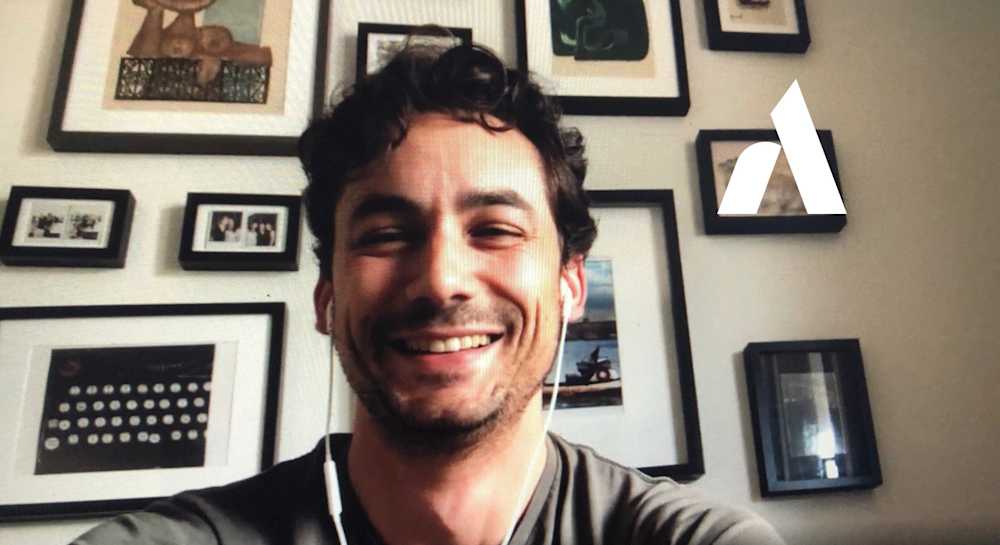Covid-19
A brief guide to impact investing
Zurich-based Business Development Manager Samuel Baumgartner is using the Covid-19-induced downtime to educate investors about the nature and benefits of impact investing through a series of webinars.

You usually interact with responsAbility’s Swiss-based distribution partners. What induced you to start this webinar series?
There are several reasons, really. On one hand, my usual contacts are quite busy navigating their portfolios through the high volatility caused by the Covid-19 pandemic. While we stay in touch, this isn’t the moment for very active business development through the usual channels. This has led me to think about alternative ways to spread the word of the importance of impact investing – especially at a time when Covid-19 is threatening livelihoods across the globe and it will be essential to channel capital to where it is most needed.
Who is the target group for these webinars?
Everybody, really. While impact investing has been gaining momentum over the past years, many aren’t familiar with the term, and even among professionals there is still quite some confusion regarding different approaches, return expectations, measurement etc. The idea behind these short webinars is to create a guide to sustainable investing in an easily digestible way, explaining the basic facts and teaching anybody interested in the topic to ask the right questions to find the ideal solution for themselves.
You started the series with a look back on how investments have developed over the millenia. Why go back so far?
History shows that investments developed as a way to benefit all parties involved, moving money to facilitate development, spreading risks between different parties and enabling broad audiences to benefit from the potential. Where investments in the real economy are concerned, this is still very much the case. By investing in a micro and SME finance fund, for instance, investors can channel capital to financial institutions in developing countries which in turn finance micro entrepreneurs and small businesses. These businesses create livelihoods for low-income populations, allowing them to generate returns – which then benefit investors. This is the typical win-win-situation.
The history of investing WATCH WEBINAR 1
Part 2 of the webinar series is dedicated to sustainable investing. What is your main message here?
I want people to be aware that, unless they specifically request sustainable investment solutions, their money will be channeled into traditional investments. To make money move the world in a positive way, contributing to sustainable development or mitigating climate change in the process, investors need to actively opt-in to sustainable investments. The webinar provides an overview of different approaches and explains why, for instance, by simply applying an ESG filter, you avoid doing harm but don’t ensure you are doing any good; how impact can be defined and measured; and how we at responsAbility combine the two approaches for maximum impact.
“To make money move the world in a positive way, investors need to actively opt-in to sustainable investments.”
Samuel Baumgartner
What is sustainable investing? WATCH WEBINAR 2
The last part of the series aims to enable impact investors to align their investment decisions with their values. Is there a general recipe?
The last webinar in the series aims to provide listeners with the toolkit to start their sustainable investment journey in a prepared an informed way. This includes looking at questions investors need to ask in order to tailor their investment portfolio to their personal values and risk appetite. In a first step every investor will need to evaluate these questions for themselves, and once they know what they want and expect, they can ask and challenge their investment advisor to find the matching investment solution.
How to get involved in sustainable investing Watch webinar 3
What were the reactions to the webinars?
I was amazed at how many people attended and how many follow-up questions we received. There is obviously a lot of interest for the topic out there. These webinars are one positive result of this pandemic: If it wasn’t for Covid-19, I would probably still be holding in-person workshops, addressing small groups of participants. That said, I can’t wait to once again have real personal interactions over coffee.